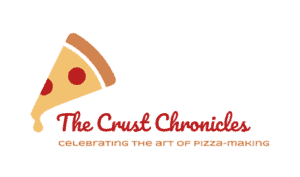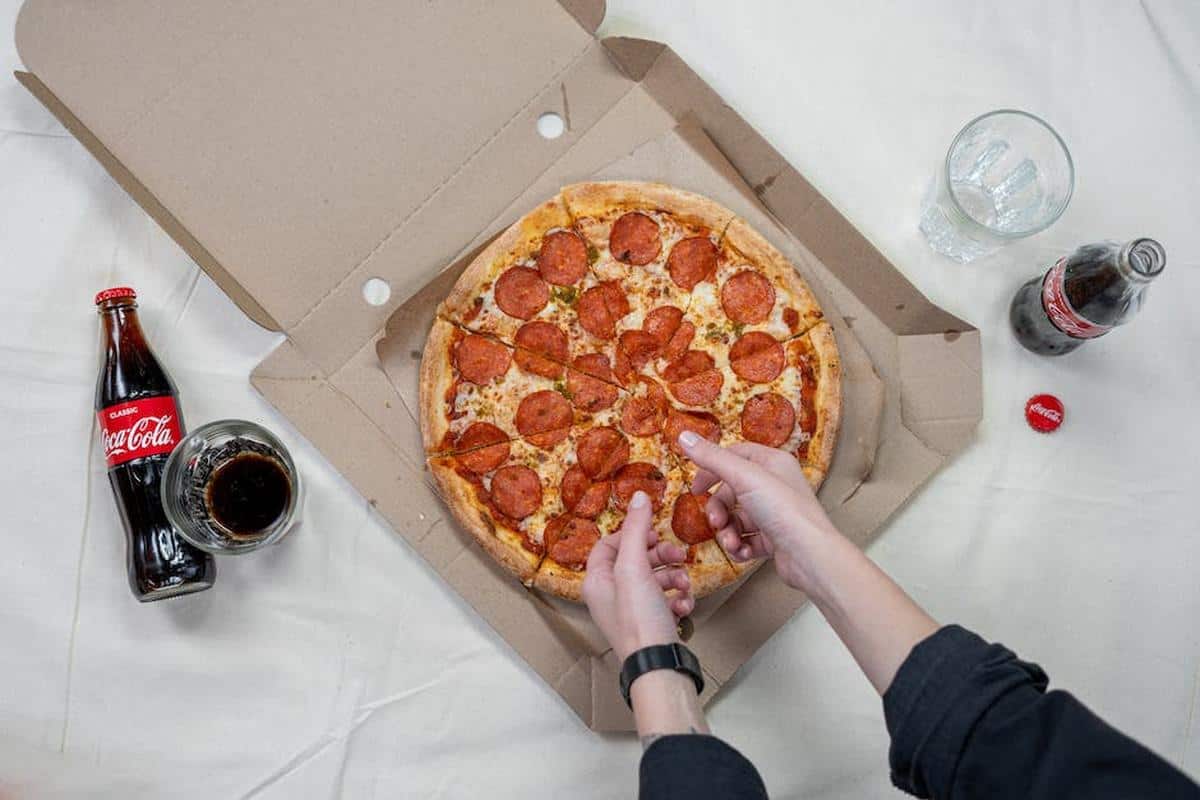Is Homemade Pizza Bad for You?
As a pizza lover, you might wonder if homemade pizza is bad for your health. With all the cheese, carbs, and processed meats, it’s easy to assume that pizza is an unhealthy food choice. However, the truth is more complicated than that.
Table of Contents:
- The Nutrition Facts of Homemade Pizza
- The Health Benefits of Homemade Pizza
- The Risks of Homemade Pizza
- Tips for Making Healthier Homemade Pizza
- Conclusion
1. The Nutrition Facts of Homemade Pizza
The nutrition of homemade pizza varies depending on the ingredients you use. A typical homemade pizza has around 300-400 calories per slice, with 12-15 grams of fat, 30-40 grams of carbs, and 10-15 grams of protein. The calorie count can go up or down depending on the cheese, sauce, and toppings you use.
One of the main concerns with homemade pizza is the high sodium content. Processed meats like pepperoni and sausage are high in sodium, which can lead to high blood pressure and other health problems. Additionally, many store-bought pizza crusts and sauces contain added sugars and preservatives that can be harmful to your health.
2. The Health Benefits of Homemade Pizza
While pizza may not be the healthiest food choice, there are some health benefits to making your own pizza. For one, homemade pizza allows you to control the ingredients you use. You can choose healthier options like whole wheat crust, fresh vegetables, and lean proteins like chicken or turkey.
Another benefit of homemade pizza is that it can be a fun and social activity. Making pizza with friends or family can be a great way to bond and enjoy a delicious meal together.
3. The Risks of Homemade Pizza
As mentioned earlier, one of the main risks of homemade pizza is the high sodium content. Processed meats like pepperoni and sausage can contain up to 600 milligrams of sodium per serving, which is almost 25% of the recommended daily intake. Consuming too much sodium can lead to high blood pressure, heart disease, and stroke.
Another risk of homemade pizza is the high calorie and fat content. Cheese is one of the main sources of fat in pizza, and it’s easy to go overboard with the toppings. Eating too much pizza can lead to weight gain and other health problems.
4. Tips for Making Healthier Homemade Pizza
If you’re a pizza lover and want to make your homemade pizza healthier, here are some tips:
- Use whole wheat crust instead of white flour crust
- Choose lean protein options like chicken or turkey
- Load up on fresh vegetables like spinach, bell peppers, and mushrooms
- Use low-fat cheese or a smaller amount of cheese
- Avoid processed meats like pepperoni and sausage
- Make your own sauce with fresh tomatoes and herbs
5. Conclusion
So, is homemade pizza bad for you? The answer is not a simple yes or no. Homemade pizza can be a healthy and delicious meal option if you choose the right ingredients and toppings. However, it can also be a high-calorie, high-sodium, and high-fat meal if you don’t watch your portions and ingredients. With some careful planning and ingredient choices, you can enjoy homemade pizza without harming your health.
For more pizza inspiration, check out these articles:
- Snack Attack: Homemade Pizza Muffins for Your Next Party
- From Greasy to Great: How to Boost Your Homemade Pizza Nutrition Game
- Pizza Party at Home: Whip Up Your Own Delicious Pies in the Air Fryer
- Is Pizza Healthy? Nutrition Tips for Pizza Lovers
- The people who eat pizza every day – BBC News
- Is Pizza Healthy or Unhealthy? [Ultimate Guide to Pizza] – Michael Kummer
- Is Pizza Bad For You? – Here Is Your Answer.
- Is Homemade Pizza Really Healthy? | Brooklyn Craft Pizza
- Is Pizza Unhealthy? Pizza Harmful Effects and Nutrition Facts
- Is Pizza Bad For You? The Nutritional Breakdown of Pizza
- What Happens To Your Body When You Eat Pizza
- 5 Ways To Make Homemade Pizza A Little Bit Healthier
- Is Eating Pizza Bad for Cholesterol? – Pizza Bien

